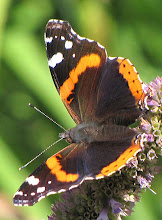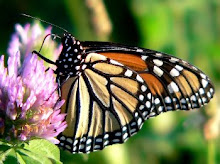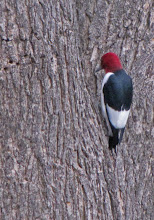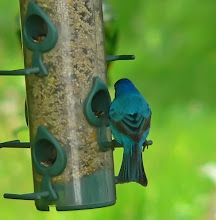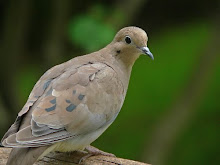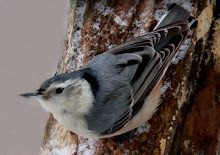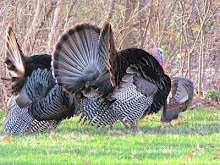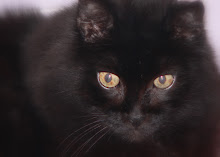"We shall never achieve harmony with land, any more than we shall achieve absolute justice or liberty for people. In these higher aspirations the important thing is not to achieve, but to strive." ~ Leopold, Aldo: Round River
Apologies to Gail at Clay and Limestone for posting Wild Flower Wednesday a day late.
What a good idea to celebrate wild flowers with a special monthly posting.
I got together some recent photos of wildflowers I had taken and realized most of them are not native plants but introduced species. Interesting, but not in a pleasant way.
These plants were all growing in my pasture or along the lane leading to my farm.
Spiderwort, one of a few native flowers I found. What a pretty color of blue. I've seen many improved strains of this plant at garden centers.

Fleabane is also native to this area. Another plant that can be found in garden centers in various colors.

I wish this lovely patch of butterfly milkweed was in my garden. It is growing in the front yard of master gardeners Jey and Pat Flick. No grass in the Flick yard, it is entirely planted in flowers (mostly wild flowers) and vegetables.
In my garden, butterfly weed is the preferred host plant for the Monarch butterfly. Every year the Monarch caterpillars eat the flowers first and then the leaves of this plant.

This velvety mullein plant also grows in the Flicks front yard. A very attractive plant with silver leaves and yellow blooms.

Another native milkweed, I see this common milkweed growing all over the prairies of Illinois and other states. Milkweeds are the only host plant for the Monarch butterflies. The leaves on this particular plant don't look especially healthy.

Yarrow flowers are very attractive to predatory wasps and flies. I have yarrow in several colors in my garden but mine are a gentler, kinder strain that don't spread aggressively like the wild ones do.

Wild parsnips just beginning to open. It's somewhat toxic to livestock and has become a real problem in this area invading pastures and fields. Many people are sensitive to the psoralen contained in the leaves and stems of this plant and have reactions almost like burns. I believe this is related to the carrot family and the root is edible.

Queen Ann's Lace is a common plant found all over my area and another carrot relative. This one is just opening. Very lovely but an aggressive spreader with a serious tap root.
 The lovely elderberries are almost finished blooming. Every year, early in the autumn, the church just down the way from my farm has an annual dinner topped off by elderberry pie. The recipe probably goes back many, many years. Elderberries seem to have fallen out of favor with modern cooks.
The lovely elderberries are almost finished blooming. Every year, early in the autumn, the church just down the way from my farm has an annual dinner topped off by elderberry pie. The recipe probably goes back many, many years. Elderberries seem to have fallen out of favor with modern cooks.
Squirrel tail grass, cute but farmers hate it. Those feathery looking plumes contain awns that inflame the mouths of horses and other livestock and cause ulcerations. I've actually seen seeds available for sale.

An improved variety of the native purple coneflower that once covered our prairies.








